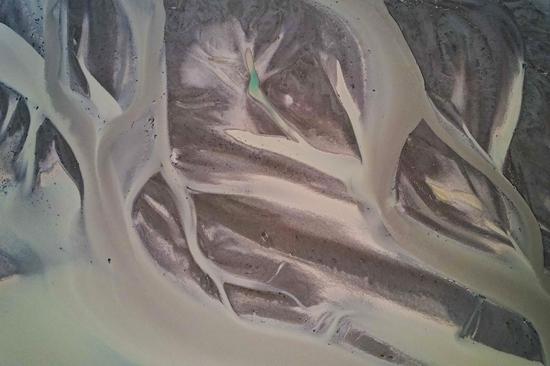A study led by Chinese scientists showed that global warming has suppressed shrub growth in Greenland and the Qinghai-Tibet Plateau.
A research group led by Liang Eryuan from the Institute of Tibetan Plateau Research under the Chinese Academy of Sciences and its U.S. and British collaborator found that global warming has reached a tipping point that affects the Arctic Region and alpine regions in the Qinghai-Tibet Plateau.
Shrub recruitment, a key component of vegetation dynamics beyond forests, is a highly sensitive indicator of climate and environmental change. It can act as an indicator of the tipping point of cold biomes, according to a study published this week in the Proceedings of the National Academy of Sciences.
The researchers used two long-term shrub recruitment datasets of 2,770 samples from the Qinghai-Tibet Plateau and Greenland dating back to 1871 to identify trends in shrub recruitment.
They found in Greenland and the Qinghai-Tibet Plateau, shrub recruitment reached tipping points around 1961 to 1970 and 1930 to 1940, respectively.
Since then, shrub recruitment has been steadily declining, according to the study.
They suggested that this decline was likely related to warmer and drier climates across the Qinghai-Tibet Plateau and Greenland.
The study revealed that the optimal climate for shrub recruitment has already passed in two remote and ecologically important cold regions, offering an early warning signal of a phase shift in shrub communities.


















































 京公网安备 11010202009201号
京公网安备 11010202009201号